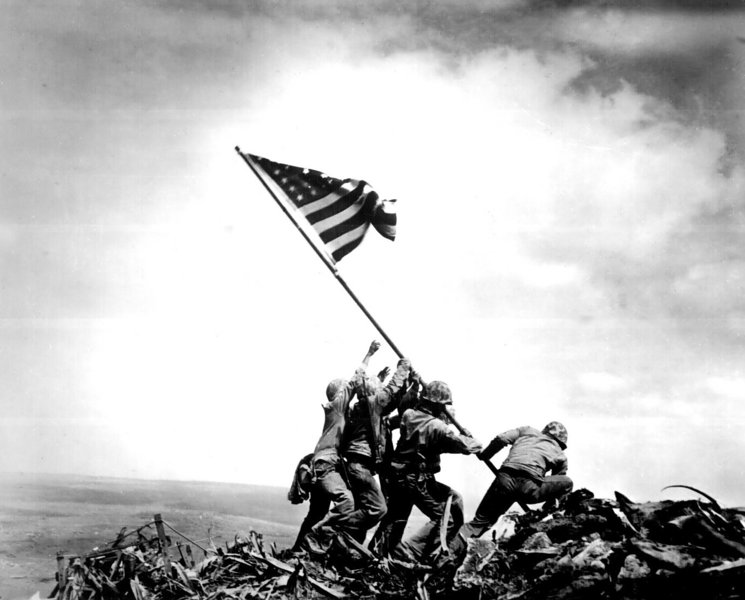Photography and war
Conflict photography involves photographing armed wars plus the effects it has on the places and people around it. During the early 1830s although the technicality of photography was limited the beginning of war photography emerged. It started initially in order to enhance the public awareness of conflicts and the strategies experienced. Photographers were not able to capture moving targets, therefore photographed fortifications, soldiers and land before and after the conflict. The first known war photographer was Josh McCosh a surgeon in the Bengal Army, he documented the Second Sikh war from 1848-1849. During the 20th century war photographers covered all the major war zones, many were sadly killed in conflicts. Robert Capa was famous for photographing the D-day Landings and the Spanish Civil war. Capa died in 1954 from a landmine in Indochina. One of the most influential images produced from a conflict photographer was produced by Joe Rosenthal, the photograph of the flag-rising in 1945.
Now a days photographers and journalists are protected in these conflict areas, by international conventions of armed warfare. War photography has become more dangerous due to terrorism. During the Iraq war, 36 photographers and camera operators were either killed or abducted during the war from 2003-2009.

